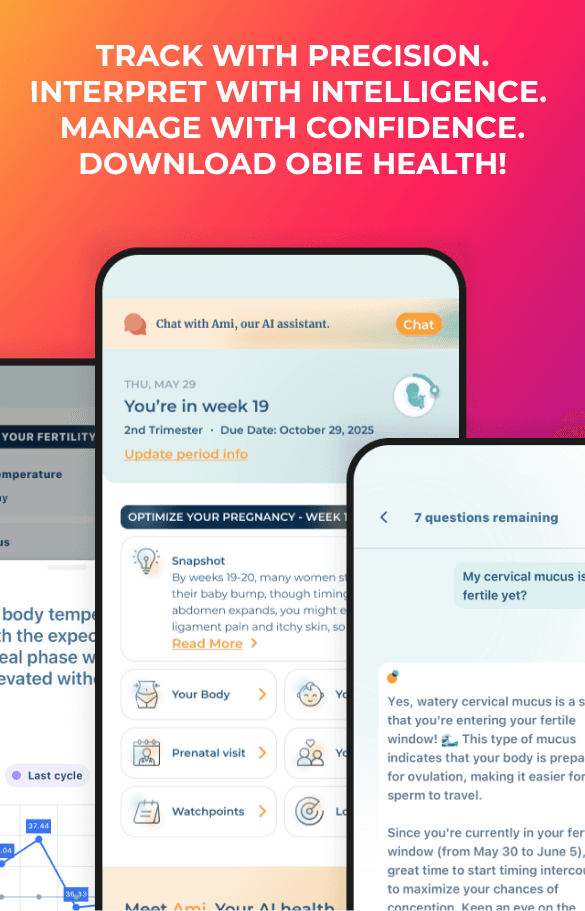Does Your Baby Need a Hydrogen Breath Test?
Obie Editorial Team
A total of twenty-three infants and children between the ages of 2 1/12 months to 13 years old exhibiting chronic diarrhea were tested for lactose malabsorption along with six other patients without diarrhea. The Hydrogen Breath Test (HBT) was used for the said test. Furthermore, a group of eight children who were either suspected or proven to have coeliac disease were investigated as well. The process include comparing the HBT results with the histology of jejuna mucosa, lactose tolerance test, mucosal lactase estimations, test symptoms, and follow-up investigations after the lactose free diet.
It was found that the hypolactasia was not evident and the hydrogen level among the six patients without diarrhea was insignificant because the hydrogen concentration was below seven parts per million (ppm). Among the twenty-three patients with diarrhea, twelve had a hydrogen concentration greater than 24 ppm, which is significantly correlated with the symptoms during and after the test, along with the reduction of diarrhea after lactose withdrawal. The remaining eleven patients exhibited hydrogen concentration in their breath lower than 25 ppm. After three intakes of a lactose-free diet, they did not improve. They gained improvement on the 4th intake of full diet.
The HBT is an indirect testing procedure well suited for outpatients. It further provides a useful guide to treat chronic diarrhea among children through a lactose-free diet, rather than intestinal biopsy which requires some time to analyze the biochemical substances for enzyme determination. Aside from the lesser time consumption in using the HBT, it can attain accurate results.
Chronic diarrhea is an ailment which needs immediate attention because it often leads to death. HBT is essential when time is of the essence. In recuperation tests, the HBT can be easily repeated to achieve quick results. An additional benefit in using the HBT is the detection of upper gastrointestinal bacterial colonization which is often not suspected.
Source: H. V. L. MAFFEI, G. METZ, V. BAMPOE, M. SHINER, S. HERMAN, AND C. G. D. BROOK. From the MRC Gastroenterology Unit and Paediatric Department, Central
Middlesex Hospital, London.







